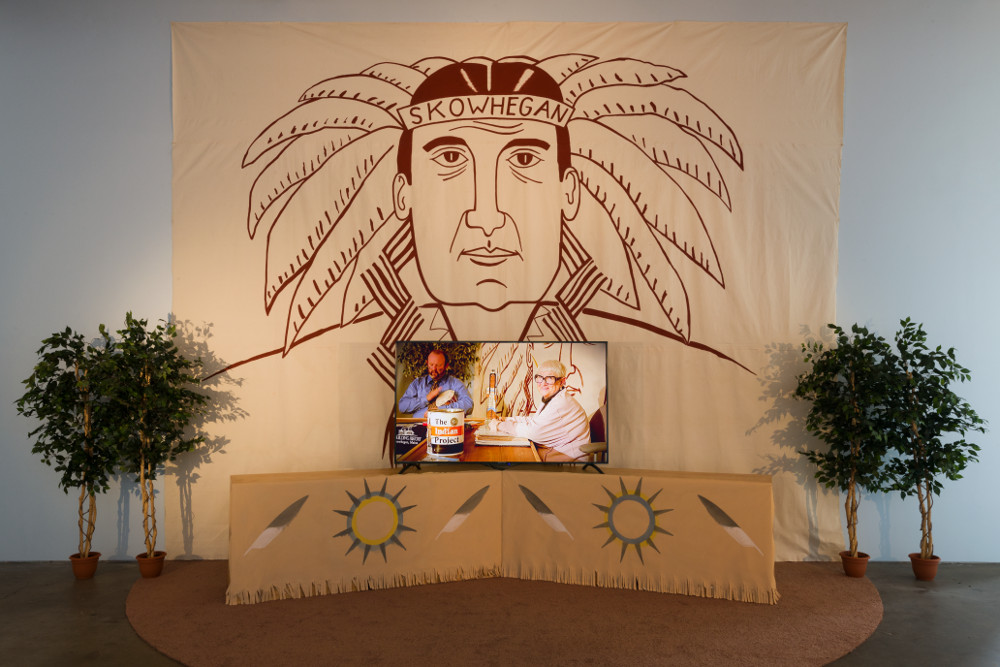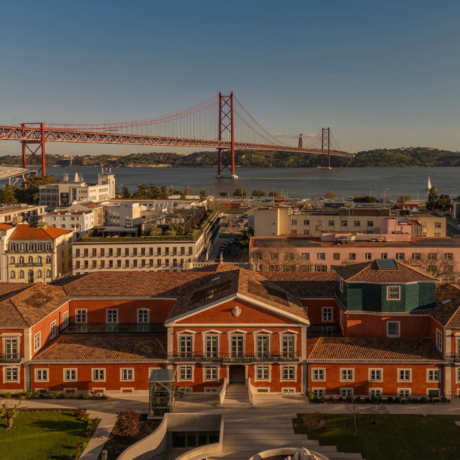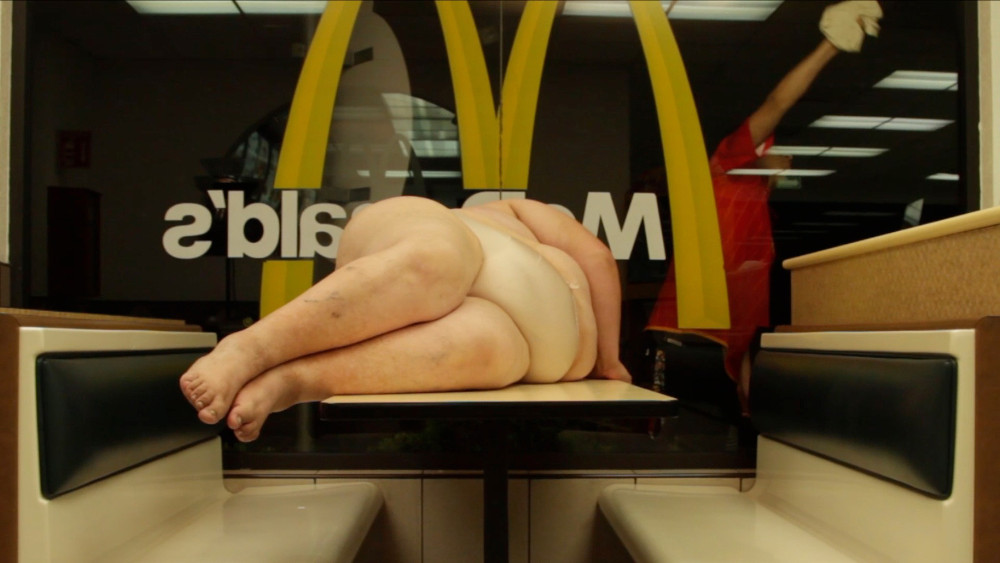
Yoshua Okón stages his sometimes excruciating performances with the consent of the participants who are given freedom to improvise: what emerges from his brand of documentary-fiction is a strange truth that manages to expose touchstones of social conflict within a context of absurdity.
For his video Rhinoplasty (2000), for instance, Okón invited rich kids from a private university to drive around Mexico City high on cocaine, shouting racial and class slurs at workers in the street, who hurled insults and rocks back as part of the performance. While Okón skirts close to parody, his target is never the individuals but the structural problems that lead to such behaviour.
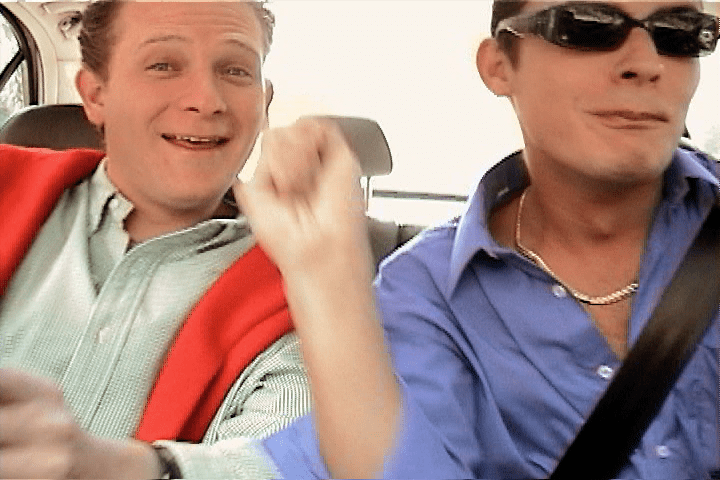
The artist, who trained in Canada and at UCLA, has been instrumental in shaping Mexico’s contemporary art landscape. In 1994 he and artist Miguel Calderón
set up an alternative exhibition space in a former bakery called La Panadería in response to a dearth of venues for conceptual art. Over nine years they held some 140 shows and events, connecting Mexican artists to the outside world. By the early 2000s, Mexico’s contemporary art scene had taken off in tandem with the explosion of the global art market and La Panadería closed. However, in 2009 Okón set up Mexico’s only postgraduate art school SOMA, which also became a much-needed platform to bring together artists across generations and foster an art community.
“He asked me ‘Can I get to insult you? Ok then I’ll do it.’”
Okón’s more recent work has largely focused on the United States. During a residency at an art school in Skowhegan, Maine, he was struck by the town’s embrace of a Native American identity, despite the fact that most of its indigenous population was massacred in the eighteenth century. His discovery of a campaign to restore Skowhegan’s massive statue of an Abenaki Indian led to his film The Indian Project: Rebuilding History (2015) for which he invited those involved in the restoration to perform a “Native American Trance Ceremony”. Equally, his 2017 video Miasma centres on the George HW Bush monument in Houston, Texas, shown shrouded in mist. The title and mist point to the sinister legacy of Bush Senior as director of the CIA in the 1970s.
- Indian project, 2014. Installation view and video still
I visited Okón in his studio to talk about his practice and how he elicits his humane yet powerful performances from his subjects.
An early work that brought recognition was your six-channel video Oríllese a la Orilla (Pull Over to the Side), (1999-2000). You convinced policemen to enact scenarios that play into stereotypes of bad cop behaviour. In one, the policeman rubs his crotch with his baton, in another he threatens and insults you (“Look blonde boy, go fuck your mother”), a further video shows a policeman accepting your bribe. How did you get them to act in such incriminating ways?
I would go out on the street without any preconceived ideas and look for a policeman. I’d then talk him into coming back to my studio and engaging in a scenario I imagined. One was to have a fight. He asked me “Can I get to insult you? Ok then I’ll do it.” So I exaggerate my role of the privileged blonde kid with a camera and he exaggerates his role and we create exaggerated versions of ourselves that nevertheless do talk about these already existing tensions and conflicts to do with class, race and the state authoritarian past that are still current in Mexico.
Cameras can be very liberating because they can give you an excuse to act in ways you would not normally dare to. In a way the police uniform is a form of disguise and performing in front of a camera also becomes a disguise.
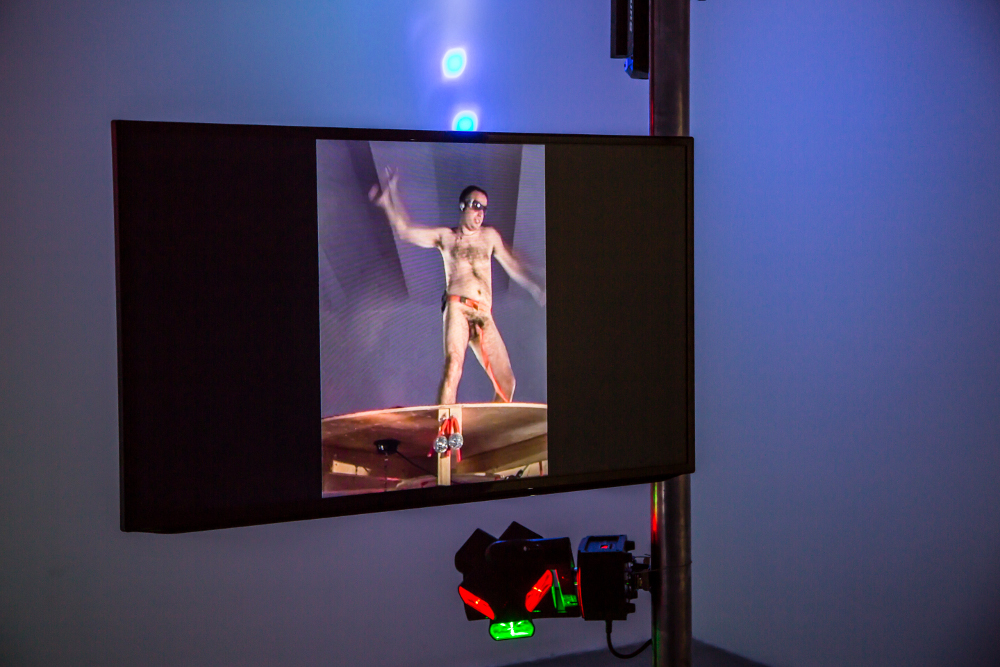
A lot of the people in your films perform ugly roles.
I think we’re all performing ugly roles. We are a society that is engaging in very ugly things like high degrees of violence, but we are in denial. So these situations are meant to put a mirror in front of us to get us thinking about what kind of society we live in. The assumption behind my combination of fiction and documentary is that we have been going through very rapid changes as a civilization and have not really been able to keep pace conceptually. I am interested in talking about the underbelly of consumer culture, going beyond the pristine, shiny surface that the media portrays.
“Humour is a sort of lubricant to dive into these dark places that we tend to avoid”
With your film The Indian Project I was appalled by the seemingly patronising performance of all these white people in Native American headdresses, chanting and playing pipes, but as the film goes on you realise they are in fact well-meaning in their wish to preserve a culture, going against the dominant nationalism of Trump. Any feeling of superiority is misplaced.
That’s exactly what I look for. The last thing I’m interested in is to create a freak show or circus, to make fun of any individuals. We are all in the same boat. In my work Bocanegra
about the neo-Nazis in Mexico, they talk about the crisis of nationalism and the place of nationalism in the global age and they think, like Trump’s supporters, that going back to the purity of nationalism would save us. But the more you look, the more you realise these are issues that concern you as well, you’re not beyond them. We are all facing the two different paradigms of nation state and globalization co-existing with a lot of contradictions.

Your video installation Miasma feels like your most political work to date.
Yes. I had the urge to do a piece after I came across a book called The CIA in Mexico, written in 1984 by the journalist Manuel Buendia, who was assassinated soon after. He argued strongly that the US government’s meddling in Mexico is because they want our oil. So the juxtaposition of reading this text and the context of Mexico’s recent disastrous energy reform, which has increased poverty and violence dramatically, were the starting point for the piece. I started thinking about the facade versus what happens behind and made a series of drawings, sculptures and a video. Parts of the statue disappear, playing with the idea of undercover operations.
What about the inherent humour in your work?
I think humour can be very profound. It’s seductive. I’m interested in implicating you as a viewer and when you’re laughing you’re already inside, you cannot keep this comfortable distance. Humour is a sort of lubricant to dive into these dark places that we tend to avoid.
